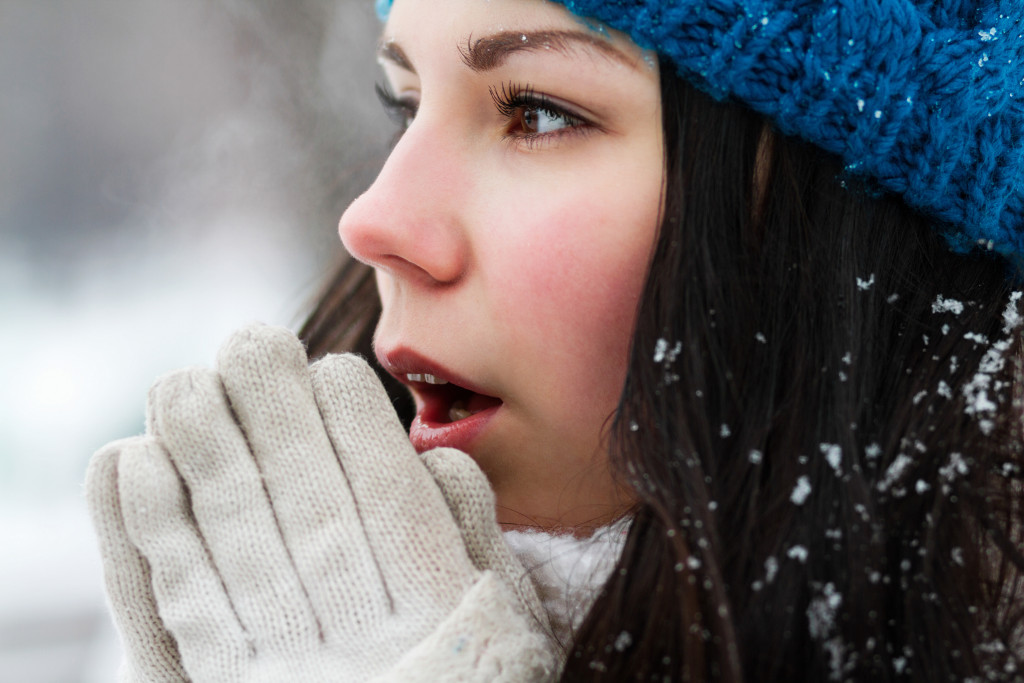- Vulnerable populations, such as the elderly, face significant health risks including hypothermia and frostbite.
- Icy conditions increase the likelihood of accidents and energy bills rise due to increased heating demands.
- The economy, education, and businesses suffer disruption due to cold weather and associated transportation issues.
- Community leaders can mitigate these impacts through education, providing heating solutions, emergency planning, and organizing events.
- Awareness, preparation, and community effort are key components to face winter months effectively and safely.
As a community leader, it’s essential to be mindful of the potential impacts of cold weather on your community. Winter weather can affect your community’s health, safety, and economy. The frigid temperatures, snow, and ice can create various risks and challenges for the people in your community. Here’s what you need to know about the average temperature in the U.K., how it can affect your community, and ways to help community members deal with cold weather.
How Cold is The U.K.?
It’s estimated that the average temperature in the U.K. is around 9-18 degrees celsius during the winter months. However, this can vary depending on the region and elevation. In more northern areas, temperatures can drop below freezing, while in southern regions, temperatures tend to be milder.
The Impact of Cold Weather on Your Community
Cold weather poses numerous health risks for community members, especially vulnerable populations. Here’s a look into how the cold weather can affect your community:

1. Health Risks
Cold weather can lead to serious health risks , such as frostbite, hypothermia, and respiratory problems. Hypothermia, when the body loses heat faster than it can produce, can occur when exposed to prolonged cold temperatures. Frostbite is another winter injury characterized by freezing of the skin and underlying tissues. It commonly affects the fingers, toes, nose, and ears. To
2. Slip and Fall Accidents
Cold weather also creates snow and ice buildup, posing slip and fall hazards. These accidents can lead to severe injuries, such as bone fractures, head injuries, and sprains . It can also cause road accidents due to slippery roads and reduced visibility.
3. Increased Energy Bills
In cold weather, heating systems must work harder to maintain comfortable indoor temperatures. This results in increased energy consumption and higher utility bills for community members. This can affect those on a fixed income struggling to make ends meet.
4. Education & Business Disruptions
Cold weather can lead to school cancellations, transportation disruptions, and power outages that interfere with many community activities. It can also affect local businesses, causing financial losses and impacting the economy.
5. Economic Impact
Prolonged cold weather can negatively impact local businesses, especially those that rely on outdoor activities or transportation, such as landscaping services, food trucks, and delivery companies.
Ways to Help Community Members Deal with Cold Weather
As a community leader, you can take various steps to help community members deal with the impacts of cold weather:
1. Educate the Community
Start by educating community members on cold weather’s potential risks and hazards. Share information on how to stay warm, prevent cold-related illnesses and injuries, and what to do in an emergency. Encourage community members to take necessary precautions to protect themselves and their loved ones.
2. Provide Boilers
Your members must have access to steam boilers. Having a local steam boiler hire business near you can help provide reliable and efficient heating solutions for community members who may not have access to traditional heating systems. They can also provide emergency services in case of heating system failures or power outages.

3. Create Emergency Plans
Work with local authorities and emergency services to create effective emergency plans in case of severe winter weather or power outages. This will help ensure community members are prepared and know what to do in an emergency.
4. Organize Events and Activities
Cold weather can be isolating, especially for older adults and those who live alone. Consider organizing community events and activities, such as indoor exercise classes or movie nights, to help combat loneliness and keep community members engaged during winter .
5. Improve Lines of Communication
Lastly, make sure that community members have access to information and resources related to cold weather. This can be done through various communication channels, such as social media, newsletters, or community websites.
The cold weather can profoundly impact a community, affecting everything from individual health to the local economy. As a community leader, it is vital to understand these effects and take proactive steps to mitigate them. By educating the public and fostering a sense of community through events and activities, you can help ensure the safety and well-being of your community members during the winter months. Remember, a little preparedness can go a long way in facing the winter season effectively and safely.
